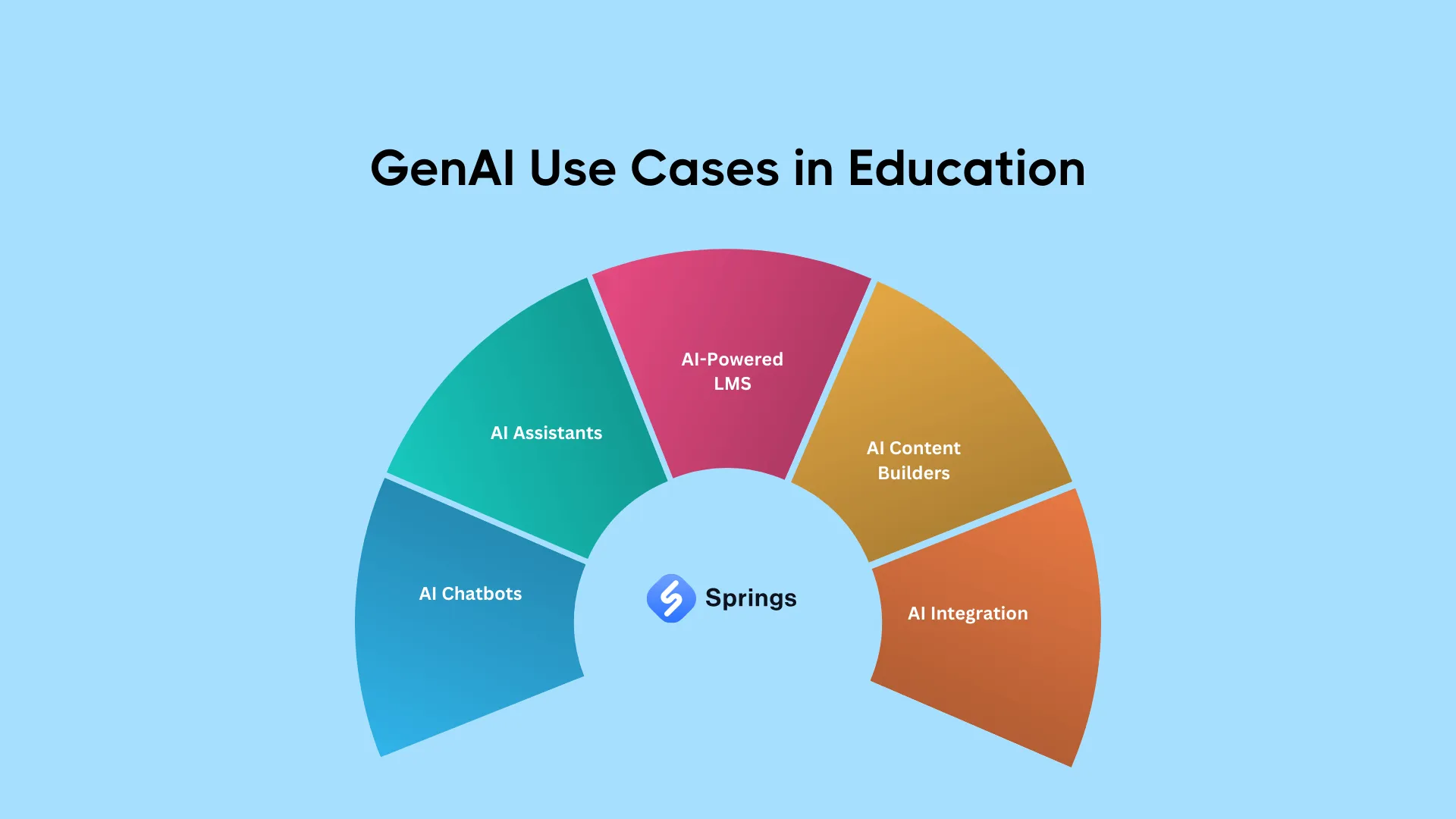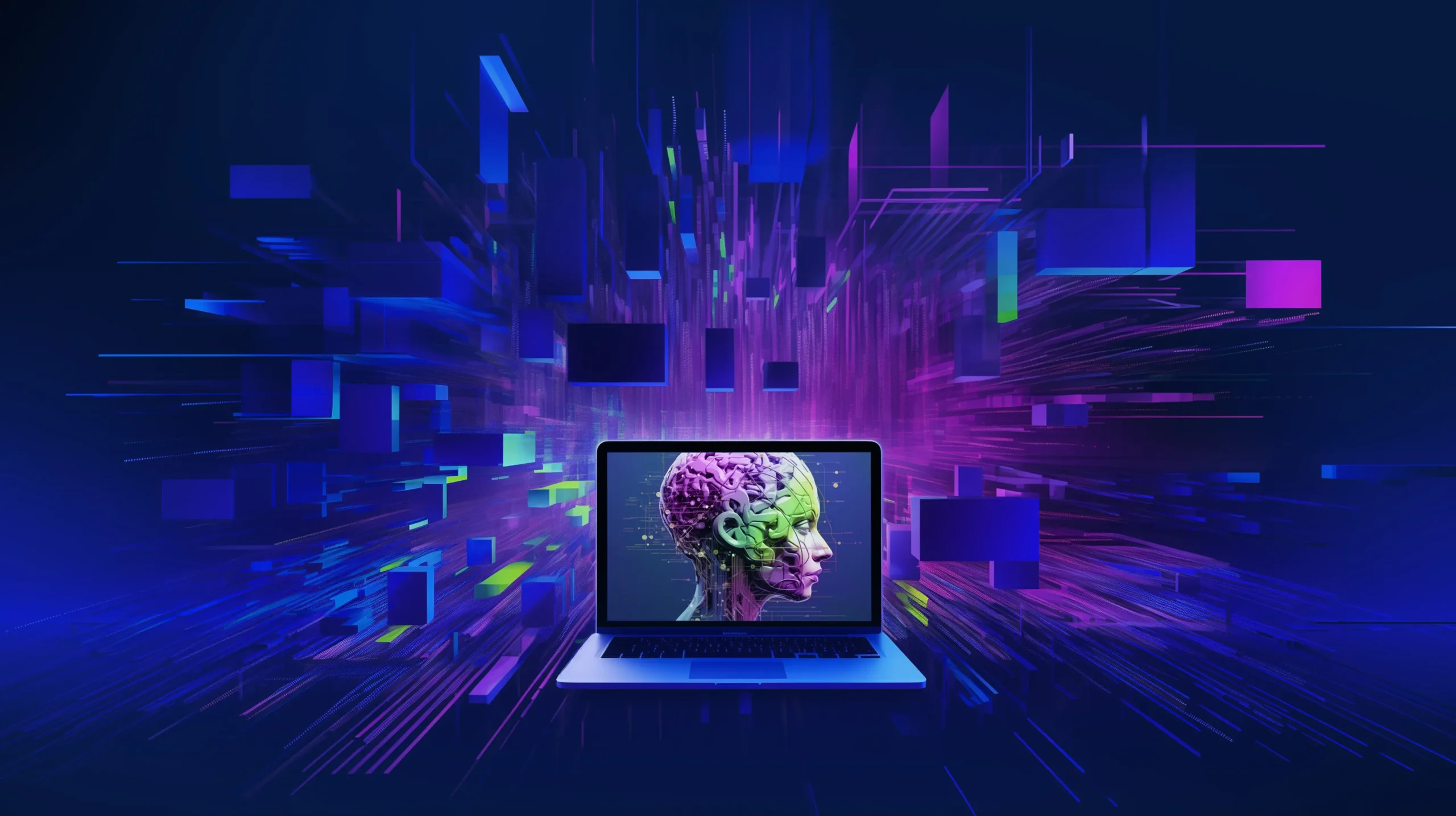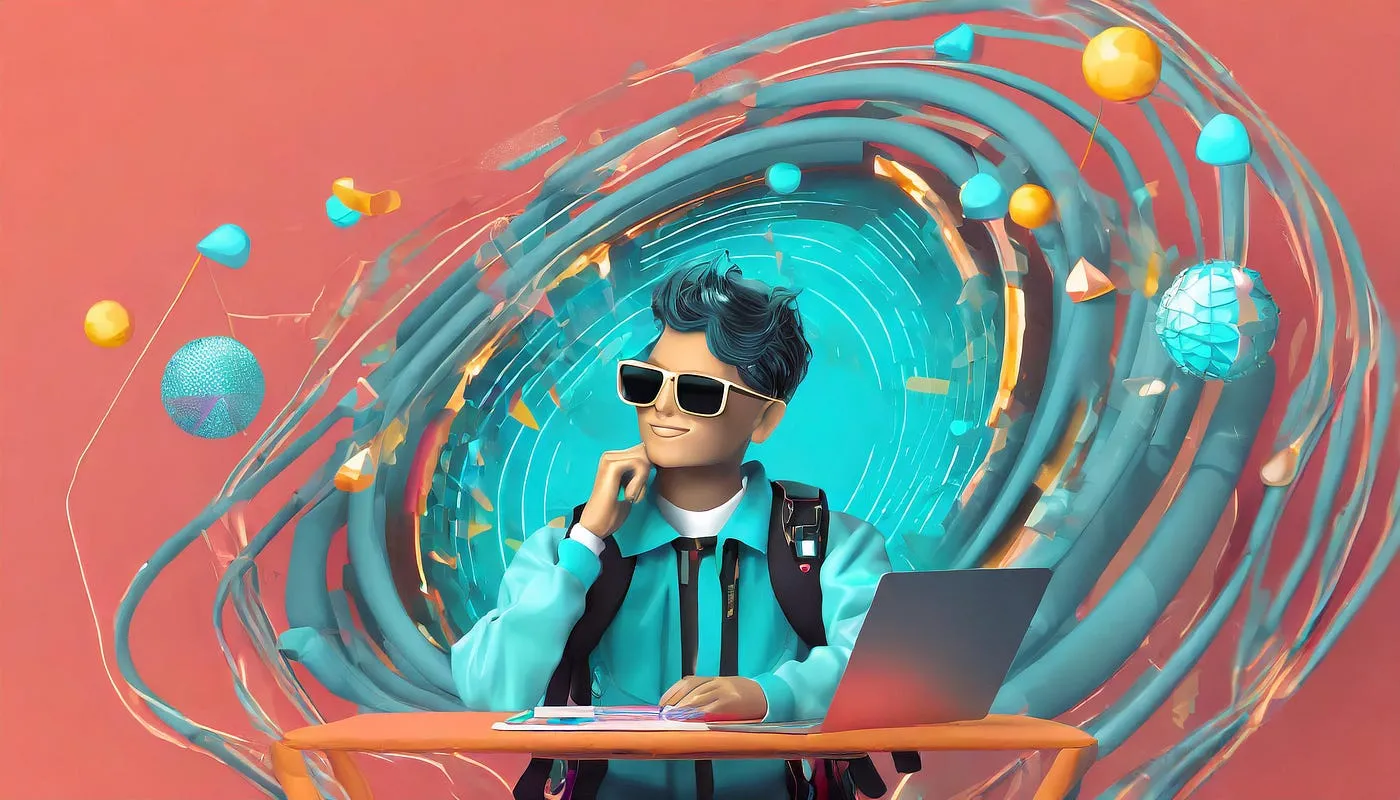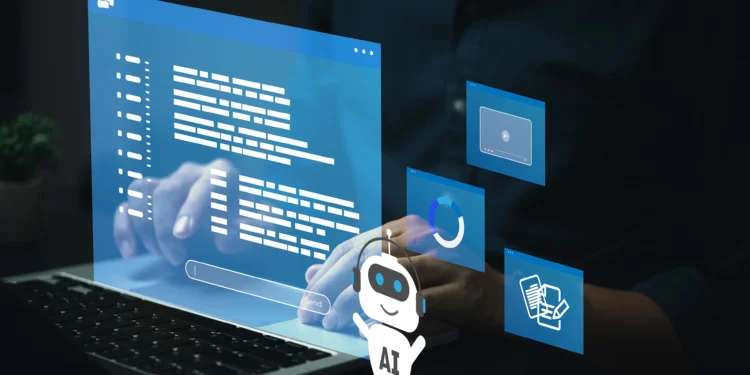Generative AI is making waves in the world of higher education, with its promise to revolutionize teaching, learning, and student engagement. However, more than two years after generative AI gained mainstream attention, many colleges and universities are still not providing students with access to these game-changing tools. In fact, according to a forthcoming survey by Inside Higher Ed and Hanover Research, half of chief technology officers (CTOs) report that their institutions don’t grant students access to generative AI tools. What’s preventing colleges from offering these tools to students, and how does your institution compare?

The Challenge of Costs: The Major Barrier to Access
While generative AI is often seen as transformative and disruptive, the top reason why institutions are hesitant to offer it to students is cost. According to the Inside Higher Ed survey, the most common barrier cited by colleges is the financial burden associated with offering generative AI tools. Despite the increasing affordability of AI tools, the cost remains a major concern for many institutions.
Ravi Pendse, vice president for information technology and chief information officer at the University of Michigan, a leader in granting students access to generative AI tools, acknowledged the issue but emphasized the opportunity for schools to find affordable solutions. “AI prompting costs have fallen sharply over time, and institutions now have more cost-effective options,” Pendse explained. “We need to stop being paralyzed by costs and focus on what’s possible.” His call to action is clear: institutions must lean in and harness the power of AI to benefit students.
A Diverse Range of Approaches: How Colleges Are Responding
The approach to offering generative AI access varies widely across institutions. According to the survey, about 27% of CTOs reported that their colleges provide students with institutional access to generative AI tools through an institutionwide license. These licenses are most common at public nonprofit institutions. Another 13% reported that student access is limited to specific departments or programs, often found at private nonprofit institutions. A smaller percentage (5%) indicated that their colleges offer custom-built generative AI tools tailored to their specific needs.

Despite these efforts, a significant portion of institutions still do not provide students with access to generative AI tools. Some 36% of CTOs reported that their colleges are considering offering access, while 15% stated that it’s not currently on the table. These numbers show that while AI is increasingly seen as an important tool, many institutions are still hesitant to provide widespread access.
The Ethical Dilemma: Privacy, Security, and Academic Integrity
Beyond the issue of cost, many institutions have raised concerns about the ethical implications of offering generative AI access to students. Issues such as academic integrity, the potential for misuse, and concerns about data privacy and security are all top of mind for campus decision-makers.
Sidney Fernandes, vice president and CIO of the University of South Florida (USF), emphasized the importance of offering AI tools in a secure environment. “At USF, we offer students, faculty, and staff access to Microsoft Copilot in a secure, encrypted environment to ensure that data privacy is maintained,” Fernandes explained. “We also provide training to help users understand the risks of using commercially available chatbots.”
In contrast, many institutions without secure access to generative AI tools face the challenge of ensuring that students are using these technologies in a safe and responsible manner. As AI tools like ChatGPT become more widely available to students, institutions must weigh the benefits of secure, controlled access against the growing demand for AI literacy.
The Role of Big Tech: Partnerships and Digital Equity
While universities grapple with the challenge of providing generative AI access, experts argue that big tech companies should play a larger role in ensuring digital equity. Muhsinah Morris, director of Metaverse programs at Morehouse College, called on tech companies to contribute more to partnerships that provide generative AI access to colleges and universities. “Big tech companies have a responsibility to give back to the educational community, especially given that their AI models benefit from the data flowing from colleges and universities,” Morris stated.

This call for action highlights the growing concern that digital equity could widen the gap between institutions with access to advanced AI tools and those without. Jenay Robert, senior researcher at Educause, pointed out that many institutions are licensing AI tools rather than developing their own, raising concerns about equitable access across different schools. “Digital equity is one of the biggest concerns when it comes to students’ access to generative AI tools,” she said. “If we don’t increase access to these tools, we risk widening the divide.”
The Need for AI Literacy: Preparing Students for the Future
Beyond the challenge of providing access, experts agree that institutions must ensure students are equipped to use AI tools effectively. AI literacy is becoming an essential skill in the modern workforce, and students must be prepared to navigate the increasingly AI-driven world.
Ravi Pendse strongly believes that every student should have exposure to AI during their time in higher education. “I believe that every student who graduates from any institution must have at least one core course in AI,” Pendse said. “If we’re not providing that exposure, we’re doing a disservice to our students.”
While some institutions are still in the early stages of implementing AI access, the growing emphasis on AI literacy signals a shift in the way colleges approach technology education.
As AI tools become more integrated into university platforms, the landscape of higher education is evolving. Michigan and other forward-thinking institutions are already making strides to offer more advanced AI tools to students. For instance, Michigan provides access to a conversational AI tool and a custom-trained tool, giving students the opportunity to interact with AI in more meaningful ways.

At Arizona State University, generative AI tools are rolled out in a way that balances cost-effectiveness with the need for a range of capabilities. Kyle Bowen, deputy CIO at ASU, explained, “We provide AI tools based on student needs. Some students use basic capabilities, while others need more advanced tools. Our goal is to ensure everyone has access to the right level of AI technology without breaking the bank.”
As more institutions follow this model, the question remains: Will generative AI tools become a staple of higher education, or will the digital divide continue to shape who gets access?
The digital divide in higher education is not just about technology—it’s about opportunity. As generative AI tools become increasingly sophisticated and integrated into academic environments, institutions must ensure that all students have equal access to these tools. While cost and ethical concerns are valid barriers, the benefits of providing students with AI access far outweigh the risks.
By embracing AI and providing students with the tools and training they need, colleges can prepare the next generation for a world that is increasingly shaped by artificial intelligence. However, this requires institutions to act now, to ensure that digital equity is not just a concept but a reality for all students.










